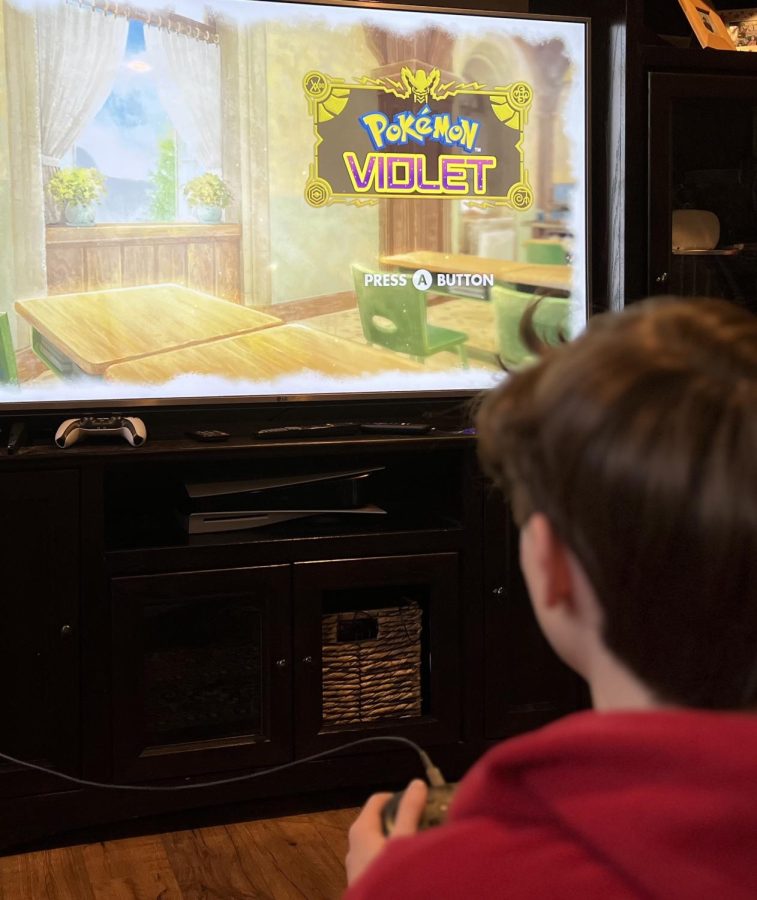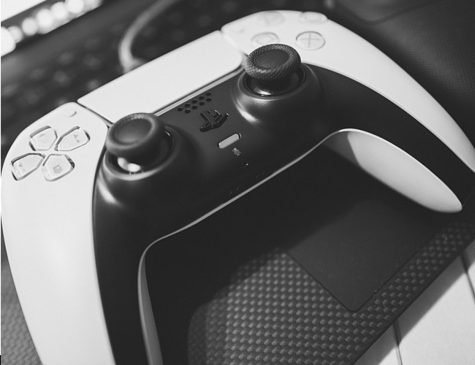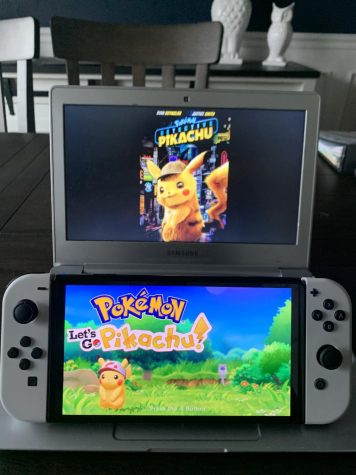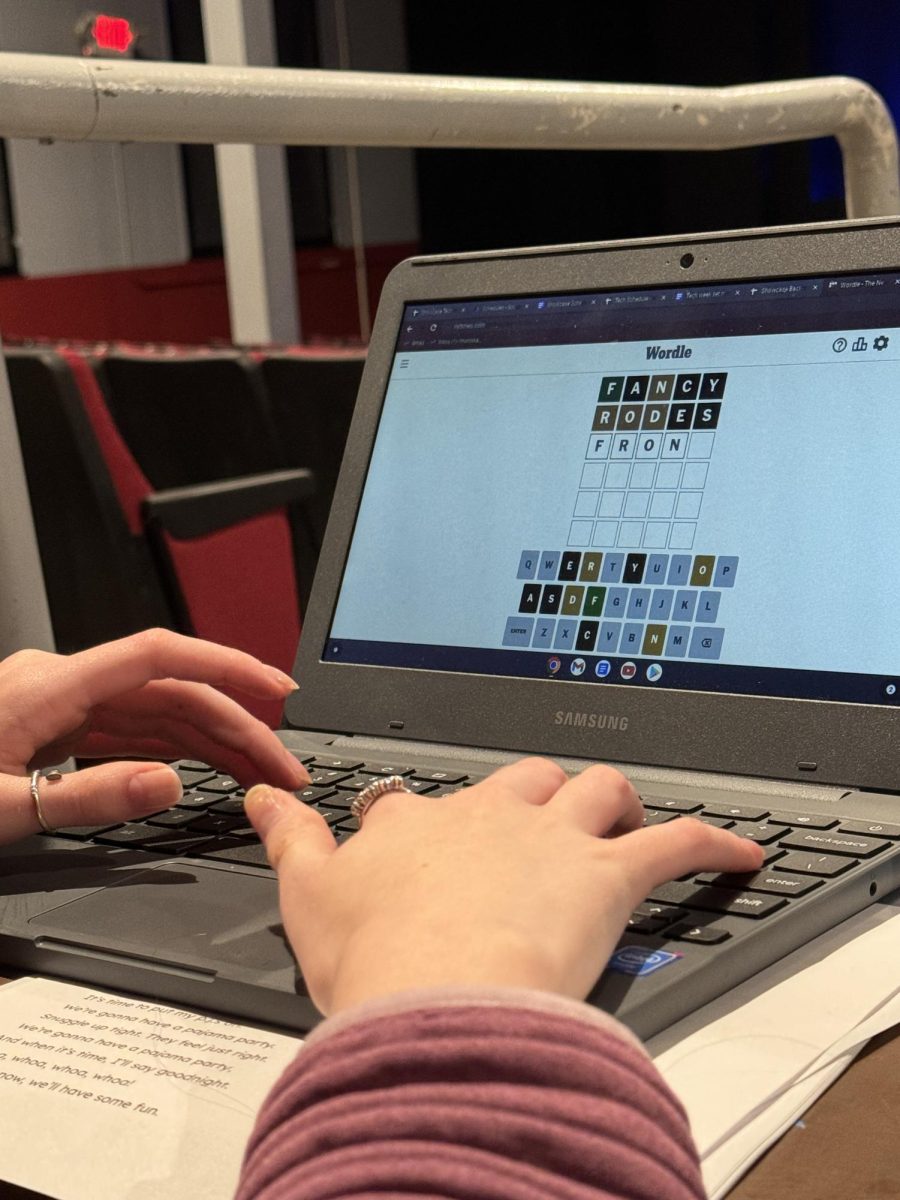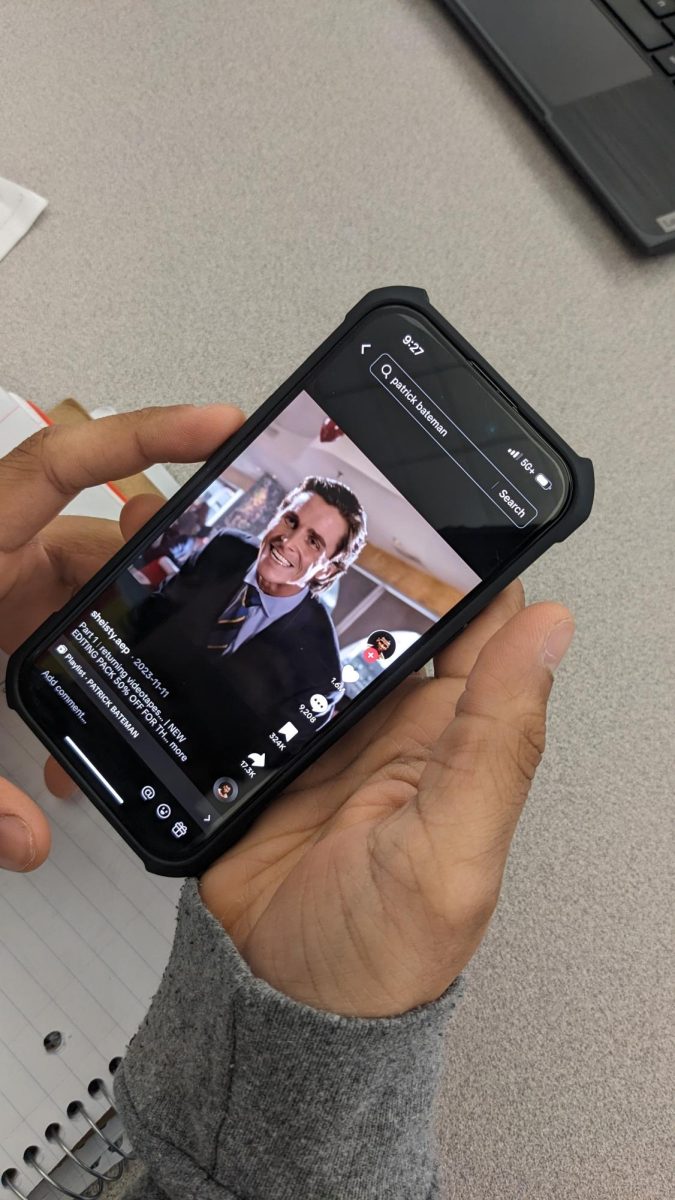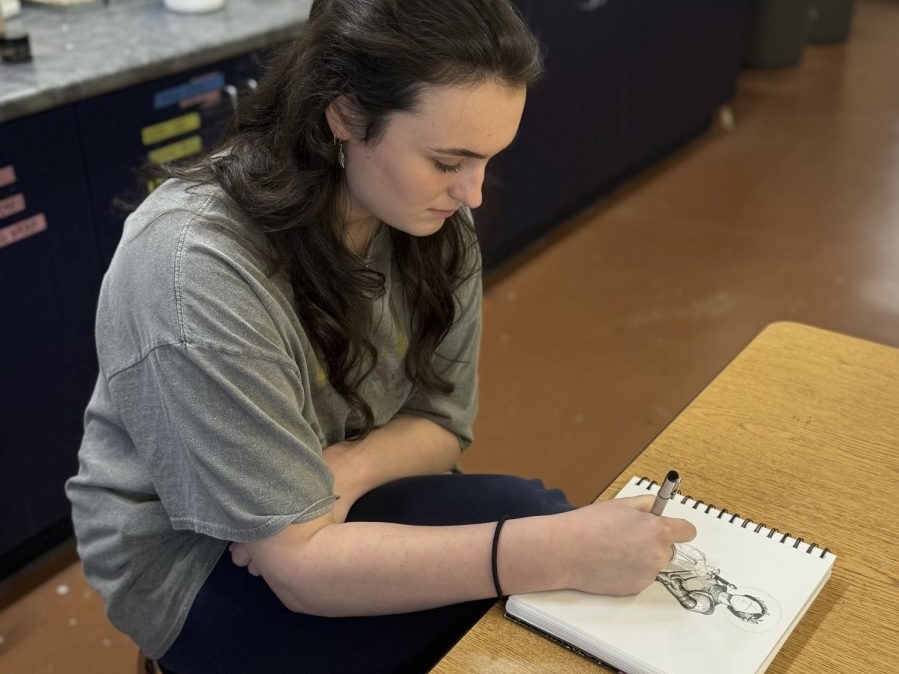Pokémon is the single largest multimedia franchise to date. The global phenomenon, which originated in 1999, has long been revered as the quintessential role-playing game in video game history and one of Nintendo’s biggest console-selling series.
Fans of the series, though, know of a different story.
Since the release of Pokémon X and Y for the Nintendo 3DS in 2013, the franchise has been subject to endless criticism regarding the switch from 2D, sprite-based art to 3D models for both characters and Pokémon.
Since the switch, fans have been vocal with their complaints about games released in the past decade. The lack of narrative depth following Pokémon Black and White, the most intense story the series had seen, the vastly lowered difficulty with the introduction of several mechanics making the game accessible to kids of all ages, and the soulless linearity of gameplay are all elements that have been cited by fans as causes of the series’ decline.
These issues were only exacerbated in following releases such as Pokémon Sun and Moon. However, uproar came to a climax with the 2019 release: Pokémon Sword and Shield. Sword and Shield was the first Pokémon game to be released on a home console, as well as the first game in the history of the franchise to not feature the entire collection of Pokémon, nearly totaling 1000 individual Pokémon.
This release, despite being among the best-selling games on the Nintendo Switch, isolated lifelong fans and called into question the future of the highest-grossing multimedia franchise of all time.
Just a couple years later, though, Game Freak would release Pokémon Legends: Arceus, a tangential title that shook up the traditional format of Pokémon games and brought about hints of open-world gameplay. Gone were the days of the battered gym system; Legends: Arceus sent players back in time to a familiar region to collect Pokémon with a revamped, faster-paced catching and battling system,
So, when the newest game in the series, Pokémon Scarlet and Violet, was confirmed to be following in the open-world footsteps of Game Freak’s wildly-popular 2022 spinoff game, fans clamored for what could have been the saving grace of the franchise.
Were they right? Does the newest installment of the now-controversial game series live up to the hype?
(Thunder)shockingly, yes, they do.
Pokémon Scarlet and Violet refreshes the now 20-year-old formulaic dynamic of the typical Pokémon game, proving super-effective to new and returning fans alike.
The game places the player in Paldea, a vast region loosely based on Spain. After a not-so-brief tutorial, an indication that the series has not yet shaken the malpractices of its decade-long journey into three dimensions, players are encouraged to explore the region to their heart’s content. No longer restricted to the routes of Pokémon’s past, players are now incentivized to adventure to every corner of Paldea’s fully-explorable landscape.
Junior Cooper Swihart has taken note of these changes as monumental shifts for the franchise. “The open world is probably my favorite part just because of the sheer amount of freedom you have in exploring,” Swihart states.
No physical barriers stand in the way of exploration, allowing players to roam freely across the region. The structure presents three quests that players can embark on to expand their movement options and raise their Pokémon level cap. Without spoiling the earthquaking plot of the games, it’s notable that the three quests converge towards the end of the game to reveal a climax of narrative quality not seen since 2010’s Pokémon Black and White.
Of course, the games are not without their drawbacks.
Pokémon fans have begun to raise concerns regarding the installment’s lack of difficulty-scaling, a mechanic that tailors the difficulty of in-game challenges to the level of the player’s team of pokémon. Without this, players are still railroaded along the same in-game path, undermining the well-advertised concept of exploration and freedom that the game’s foundation is built upon.
Furthermore, the series’ insistence on traditional redundancy has driven some players to call for major overhaul to basic elements of the user experience. “I don’t get why they haven’t put in some form of dialogue skipping because even with the text speed at high it takes an absurdly long time to mash through dialogue,” Swihart comments.
However, the main criticism touted by players is the poor performance and optimization.
The game, not unlike the Paldea region itself, has no shortage of bugs. Players report consistent graphical glitches and character models that warp and contort in uncanny ways. Before Game Freak released a patch on release day, reviewers complained that the constant visual glitches made the game nearly unplayable.
The general graphical performance is even more cause for concern. Even after the release day patch, the Nintendo Switch struggled to render the game at its full 1080p resolution, sometimes even falling short of 720p. Egregious still is the frame rate of the game, which rarely sustains 30 frames per second, a frame rate that is already behind industry standards. The games even struggle with this relatively-low frame rate, and, since the frame rate is directly proportional to the speed at which the game is played, players report major speed decreases in many areas across the Paldea region.
These issues are attributed to the Nintendo Switch’s outdated hardware, which is outperformed by the iPhone 11. Still, Nintendo’s 5-year-old launch title, The Legend of Zelda: Breath of the Wild, looks significantly better than the 2022 Pokémon installments. The responsibility for this performance rests primarily on the game’s development studio, Game Freak.
Game Freak has a history of poor optimization. Pokémon Red and Blue, the very first games in the series released in 1999 for the Game Boy, were years behind the competition in terms of optimization, resulting in a plethora of glitches, including the infamous MissingNo. glitch.
So, to see that Game Freak has yet to improve the optimization of one of the highest-grossing game series in video game history has left many fans bitter at the nearly 100 billion-dollar franchise.
Many fans, like junior Rese Bailey, though disappointed with the lackluster performance of the games, have found ways to enjoy the Paldea region. “Personally, I think the game is amazing. Sure, the graphics kinda suck, and there are a lot of technical issues that need to be ironed out, but the way that Game Freak decided to build up the story is amazing. All of the characters have some interesting aspect to them that makes me want to know more about them,” Bailey shared.
Some fans have even been lucky enough to be eluded by the immersion-breaking bugs. “I’ve had a fun, surprisingly bug free experience throughout my time playing Pokémon Scarlet,” Swihart says. “Overall, I had a fun time playing, with only a few annoyances.”
While Pokémon Scarlet and Violet may not have been the solution to every problem the series has encountered, it stands alone as the most inventive and, to many, the most enjoyable installments the series has seen since 1999.








